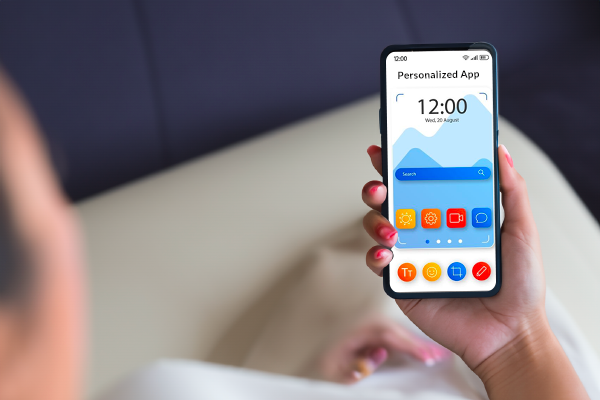For individuals living with seizure disabilities, adhering to a prescribed medication regimen is crucial for seizure control and overall well-being. The complexity of medication schedules, potential side effects, and the need for timely doses can be challenging. Enter assistive technology medication management tools, offering innovative solutions to simplify medication routines and enhance the quality of life for individuals facing seizure-related challenges. In this blog post, we will explore the significance of these tools and highlight examples that are making a positive impact.
The Importance of Medication Management for Seizure Disabilities
Consistent and accurate medication management is a cornerstone of effective seizure control. Missing doses or taking medications at irregular intervals can compromise the effectiveness of treatment, leading to increased seizure activity and other health complications. Assistive technology medication management tools are designed to address these challenges, providing users with tools to organize, track, and adhere to their medication regimens.
Key Features of Medication Management Tools
Reminders and Notifications:
These tools offer customizable reminders and notifications to alert users when it’s time to take their medications. Some can send reminders via smartphone apps, text messages, or audible alarms.
Dose Tracking and History:
Users can track their medication doses and view their medication history. This feature helps individuals and their healthcare providers monitor adherence and make informed decisions about treatment plans.
Refill Alerts:
Some tools include features that notify users when it’s time to refill their prescriptions. This helps prevent interruptions in medication supply, ensuring continuity of treatment.
Interactive Medication Schedules:
Medication management tools often provide interactive visual schedules, allowing users to see their medication plans at a glance. This can be especially helpful for individuals managing multiple medications.
Integration with Wearable Devices:
Integration with wearable devices allows users to receive medication reminders and information directly on their smartwatches or fitness trackers, enhancing accessibility and convenience.
Medication Interaction Alerts:
Advanced tools may provide alerts about potential interactions between medications. This feature helps users and healthcare professionals avoid complications related to drug interactions.
Examples of Assistive Technology Medication Management Tools
Medisafe:
Medisafe is a user-friendly app that offers medication reminders, refill alerts, and dose tracking. It provides a visual representation of medication schedules and can be customized to accommodate various medication regimens.
Round Health:
Round Health simplifies medication management with its intuitive interface. Users can set up personalized reminders, track doses, and receive notifications on their smartphones. The app also includes a medication history log.
PillPack by Amazon Pharmacy:
PillPack is a pharmacy service by Amazon that organizes medications into convenient, pre-sorted packets labeled with the date and time. This eliminates the need for manual pill sorting and simplifies the medication-taking process.
CareZone:
CareZone is a comprehensive health management app that includes medication management features. It allows users to set up medication reminders, track doses, and store important health information. The app also facilitates communication with healthcare providers.
Walgreens Pill Reminder:
Walgreens offers a medication management app that provides customizable reminders, prescription refill alerts, and integration with the Walgreens pharmacy services. Users can manage their medications and access pharmacy information through the app.
Assistive technology medication management tools are valuable allies for individuals with seizure disabilities, streamlining the process of adhering to medication regimens. By embracing these tools, individuals can take control of their health, reduce the risk of missed doses, and empower themselves to lead more independent and fulfilling lives. As technology continues to advance, the future holds even greater promise for innovative solutions that enhance medication management for individuals facing the challenges of seizure disabilities.




Thank you for the information about the mediacl managament